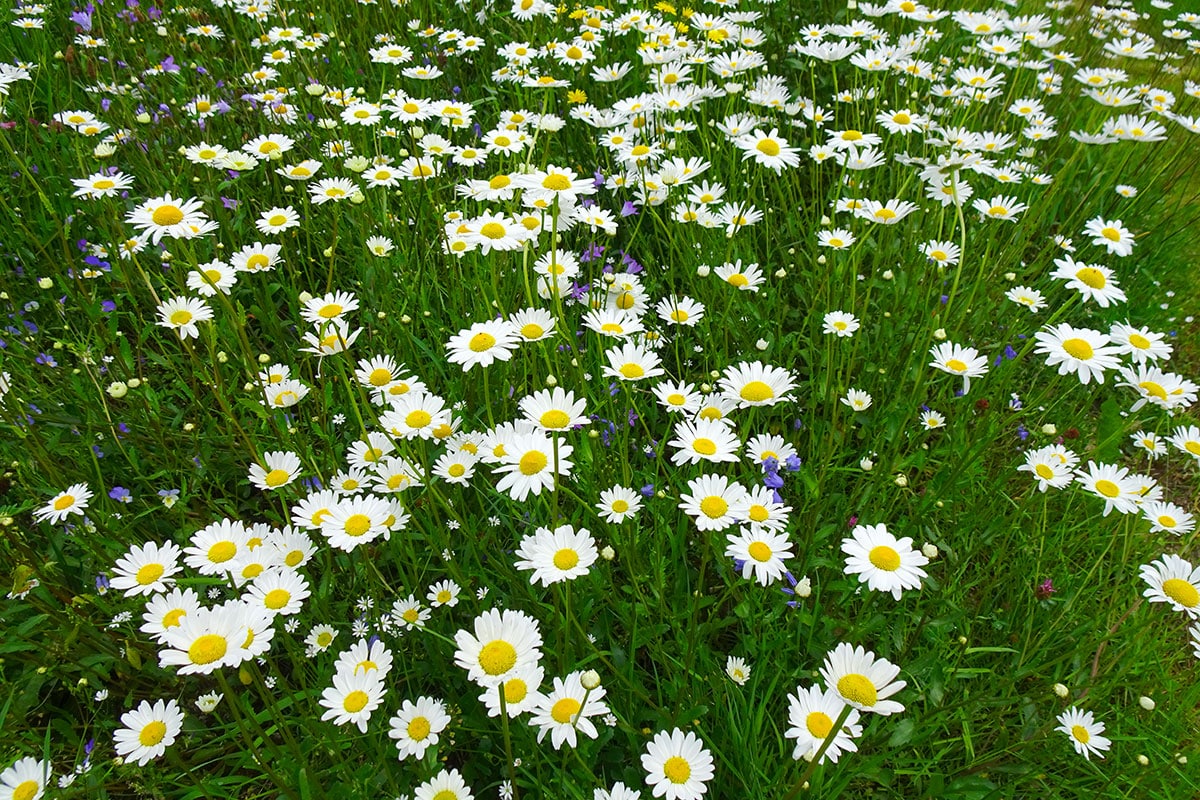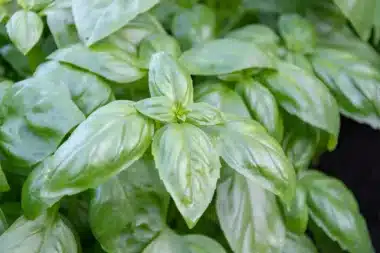As spring rolls in, lots of homeowners start spotting daisies (Bellis perennis) popping up all over their lawns. While these laid-back little flowers add a bit of charm (a friendly, natural touch) to your yard, their sudden appearance might be a sign that your soil needs some attention. Figuring out why daisies do well in certain spots and how they affect your garden can be really helpful when it comes to keeping your lawn in top shape.
Daisies as a sign of what’s going on
Daisies are way more than just pretty blooms; they’re like nature’s little indicators. They favor certain soil settings, and if you see them in large numbers, it could mean your soil is compacted and short on important nutrients and organic matter (especially calcium). Plus, the soil pH where daisies thrive is often too acidic (which can make it harder for other plants to grow well). This info can be super useful for gardeners who want to figure out and fix soil issues.
Spotting a bunch of daisies isn’t simply about a pretty view—it’s a nudge to take a closer look at your soil’s health and maybe give it a bit of a boost.
This New Non-Invasive Treatment Is the Key to Glowing Skin and a Balanced Mood
What daisies do for the ecosystem
Even though too many daisies might hint at a problem, they also do some cool things for the ecosystem. These flowers attract a variety of pollinators (think bees, butterflies, and friends), which helps keep your garden vibrant and full of life. Their knack for drawing in pollinators shows that they have their own kind of value, even if they seem to be overdoing it sometimes.
When your garden supports different native plants along with daisies, you create a lively spot that helps support local pollinators and promotes a balanced, thriving outdoor space.
Keeping your lawn in check
To keep your lawn balanced while naturally keeping daisy numbers from getting out of hand, consider trying a few hands-on garden strategies. First off, work on rebalancing the soil. Aerating your lawn (for example, with a scarifier) helps loosen up compacted soil so water and nutrients can move around more freely.
- Mowing less frequently can also play a role—it helps reduce stress on your grass while letting beneficial plants like daisies hang out without taking over.
- Adding compost or manure puts a healthy dose of organic matter and minerals right back into your soil.
- And if acid levels in your soil are running high, a light spread of wood ash can help bring things into a better balance (just a little goes a long way).
Boosting garden variety
Encouraging a mix of plant life goes beyond just managing daisies—it’s about letting some wild, spontaneous vegetation have its moment. Allowing different species to grow can help establish a self-managing ecosystem (a kind of free-range approach to gardening). This way of gardening means you let nature do its thing, while stepping in with a helping hand during tougher spells like summer droughts.
Mixing up your plant species makes your garden stronger against pests and diseases, and it also creates a welcoming habitat for local wildlife. Gardens that celebrate a variety of plants not only look beautiful but also support sustainable practices in the bigger picture.
Daisies in your yard offer more than just a burst of beauty—they’re like little signals from nature (a straightforward heads-up) that your garden might need some adjustments to help all your plants grow better.







